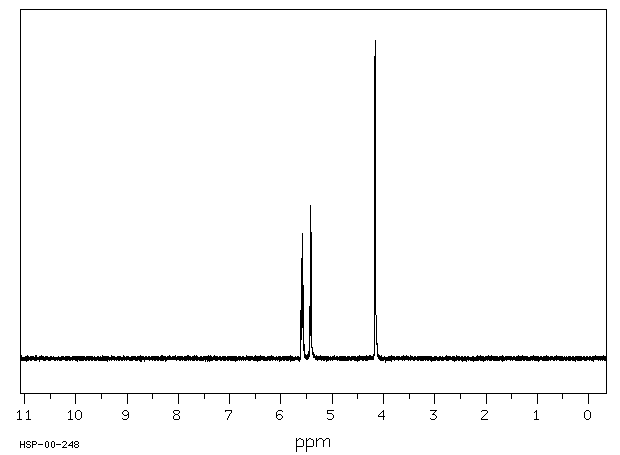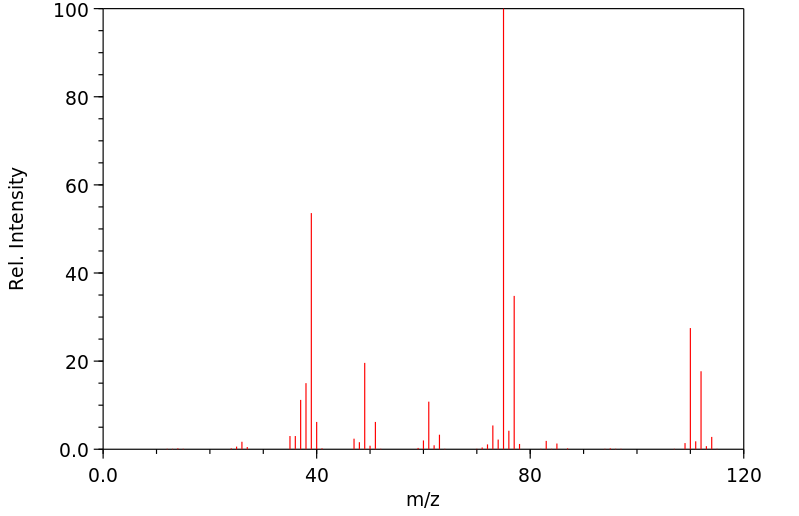代谢
主要途径是与谷胱甘肽结合进行解毒,导致尿液中消除巯基酸代谢物。两条次要途径会产生致突变代谢物。其中之一涉及细胞色素P450诱导形成环氧,该环氧会自发重排形成致突变物1,3-二氯丙酮。另一条途径涉及水解和脱氯,形成一个中间体(2-氯丙烯醇),该中间体可以通过与葡萄糖醛酸结合解毒,或者通过醇脱氢酶生物活化形成致突变物2-氯丙烯醛。显然,在大量暴露条件下,更容易发生谷胱甘肽储存的耗尽,这将导致形成比例更多的致突变代谢物(L893)。
The major pathway is a detoxifying conjugation to glutathione, leading to the elimination of mercapturic
acid metabolites in the urine. Two secondary pathways result in the formation of mutagenic metabolites. One involves cytochrome P450-induced formation of an epoxide that undergoes spontaneous rearrangement to form the mutagen 1,3-dichloroacetone. The other involves hydrolysis and dechlorination to form an intermediate
(2-chloroallyl alcohol) that can either be detoxified by conjugation to glucuronic acid or bioactivated by
alcohol dehydrogenase to form the mutagen 2-chloroacrolein. It is evident that depletion of glutathione stores, more likely to occur under bolus exposure conditions, would result in the formation of proportionally more mutagenic metabolites (L893).
来源:Toxin and Toxin Target Database (T3DB)










